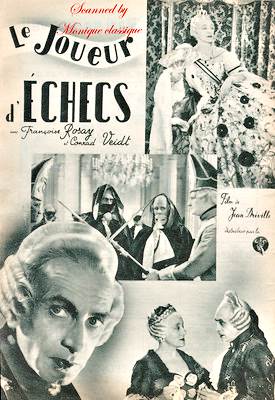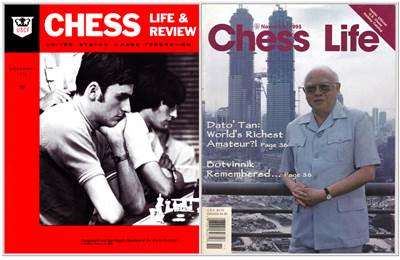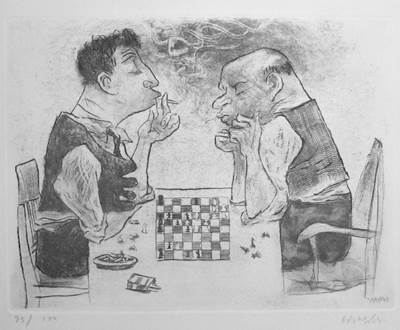A Mind-boggling Tactical Battle
No one can accuse me of overusing an easy idea. It's been ten months since I last featured a video on this weekly engine series -- see Stockfish vs. Leela Explained (February 2020).
Stockfish 12 Wins TCEC Season 19! (17:19) • '[Published on] Nov 3, 2020'
The description of the current video said,
Join NM Sam Copeland as he breaks down this epic matchup between computer chess engines Stockfish 12 NNUE and Leela Chess Zero during the TCEC Season 19 Superfinals!
Sam Copeland? Where have we seen that name before? The first reference was 2018 CJA Awards (August 2018):-
For my favorite category, 'Best Chess Blog', the winner was not a blog, but a single blog post: 'Playing The Quintessential American Tournament: The 2017 World Open' (chess.com) by Sam Copeland.
The most recent reference was earlier this month in Komodo NNUE (November 2020):-
We learned, 'Komodo Releases Powerful New "Dragon" Chess Engine' (chess.com; by Sam Copeland).
The game featured in the video is one of those mind-boggling tactical battles where the winner sacrifices heavy material for an enduring attack. I don't remember if the video mentioned it, but the game was no.18 in the 100 game match that I documented in Stockfish Wins TCEC S19; CCC15 Still Halted (October 2020). To play through the moves, see Stockfish 202009282242_nn-baeb9ef2d183 vs. LCZero v0.26.3-rc1_T60.SV.JH.92-190 - TCEC - Live Computer Chess Broadcast (tcec-chess.com/archive). That is one long title! Good thing I wrote the post about Parsing Engine Names (October 2020).
It's also a good thing that Chess.com is allowing resources to be used for covering the TCEC, a rival to its own Computer Chess Championship (CCC). For more Sam Copeland videos, see youtube.com/c/chess/search?query=copeland.







